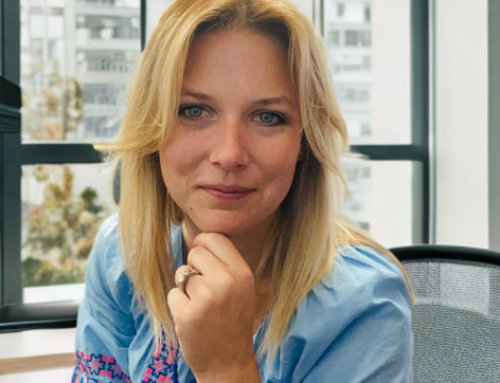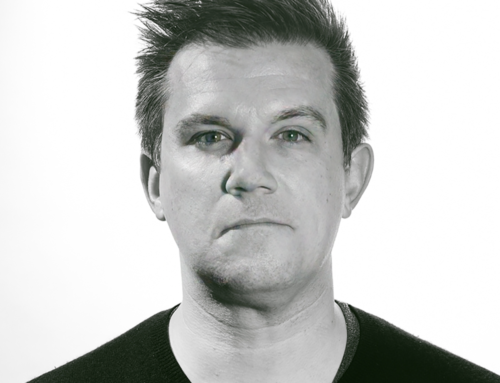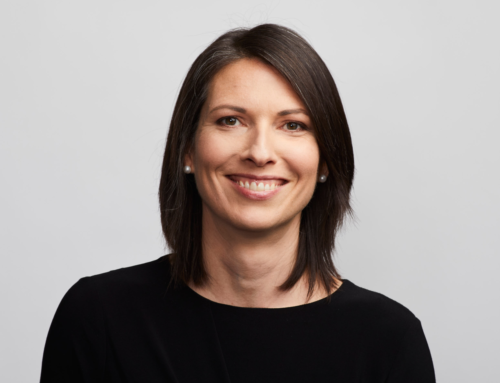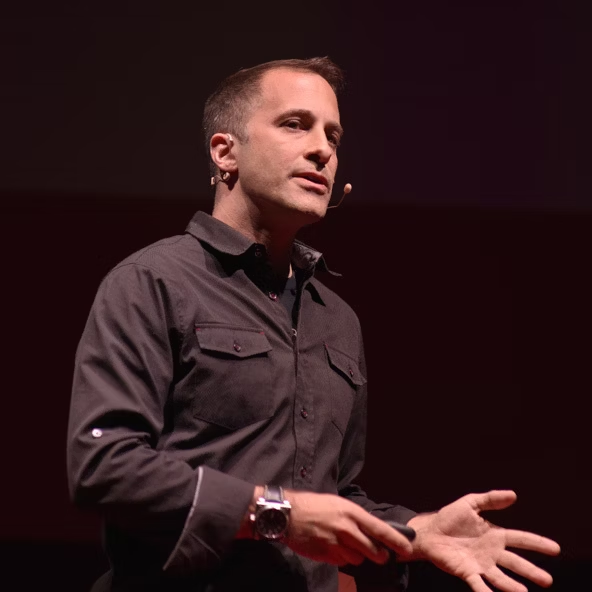
1970s NASA depiction of a space colony, a testament to the golden age of techno-solutionism and progress. (Public Domain)
The 2010s appear to be tumultuous times. With each passing year, we move further from Tomorrowland to Black Mirror. We grow weary of technology’s promise as a force of good and the pursuit of unending material growth. Today’s headlines are dominated by the gloom of Silicon Valley-led surveillance state, environmental degradation, and growing inequality. This is the end of a moment, the end in the belief of development.
We need a new image of the future. And, futurists have a special responsibility to help.
A Futurist’s Responsibility?
Fred Polak warned us that “The rise and fall of images of the future precedes or accompanies the rise and fall of culture.” Futures help others expand their images of possible futures. This is now needed more than ever as we stand at the precipice between culture in decline or in transformation.
A World Disrupting into What?
From across the horizons of change, we see challenges against previously unchallenged faith in science, technology, and reason – essentially, the entire Enlightenment Project. We see this change in the growing numbers of anti-vaxxers to flat earthers, fears over big data, the spread of fake news, and increasing pockets of doubt over capitalism and democracy.
Of course, these shifts occur not without its reasons: capitalist-led environmental degradation, myopic techno-solutionism, and failure to address critical social issues (as seen via #MeToo and #BLM movements) have spurred disillusionment and incited change.
As futurists and members of society, we need to explore and promote discussions of new images of the future. I’d like to briefly share three different images of the future to help spur further discussion.
The Future is Female

How will fearless women change capitalism? (CC BY 2.0 by Agustin Polanco at Flickr)
Thanks to Instagram and the support of the likes of Hillary Clinton, the 1970s slogan “the future is female” has returned with a force. However, there is no single articulated vision of what a “Future is Female” would look like. For Kiran Gandhi, noted musician and speaker, the slogan means “we must look to the female archetype, for alternative forms of leadership”, where collaboration – linking not ranking – take precedence. It’s easy to see how this approach is radically different than formerly cherished Silicon Valley titans, where Uber valued “always be hustling” and a Facebook executive declared growth-at-all-cost even if “maybe someone dies in a terrorist attack coordinated on our tools.”
Integral Futures
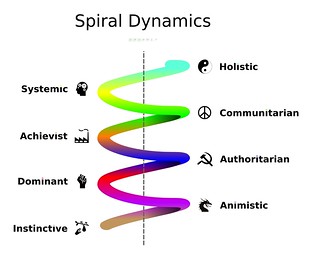
Can we go from the clash between Orange and Green towards Yellow? (CC BY 2.0 from Johannes Ahlmann at Flickr)
Within futures studies, the concept of Integral Futures may also offer us a positive way forward. Ken Wilbur argued that turmoil in the US is backlash of the Orange (scientific achievement against the dysfunctional aspects of the Greens (sensitive self), specifically nihilism and narcissism. Resolving Green’s dysfunction would eventually allow society to advance to Yellow (integrative), where systems thinking and a practical approach to integrating different ideas, theories, models, and natural hierarchies are embraced.
Decentralized & Distributed Future

Can we resolve centralization and create a decentralized and distributed society? (CC BY-SA 3.0 from Attribution: 1983~enwiki at English Wikipedia)
The idea of decentralized & distributed futures are not new among anarchists, libertarians, or followers of Herman Daly. Renewed interest in the idea is based on new technology – specifically blockchains to 3D-printing – finally enabling the implementation of decentralized & distributed futures.
Yet, optimism of techno-emancipation has failed before. The internet was hailed as a force of decentralization, but Facebook, Google, and Amazon have instead marched us towards centralization.
Midwives to the Futures
These three images of the future are just one of the many potential that needs to be discussed and created with the public at large. Whatever the images, we must remember to pursue new images of the future to motivate and focus society’s actions in positive ways. The former California senator John Vasconcellos declared that we must be hospice workers to the of the old culture, while be midwives to the new. As Futurists let us heed this call and invite others too. — Daniel Riveong


